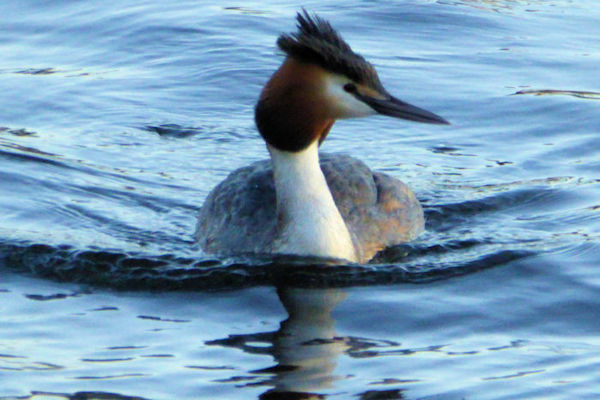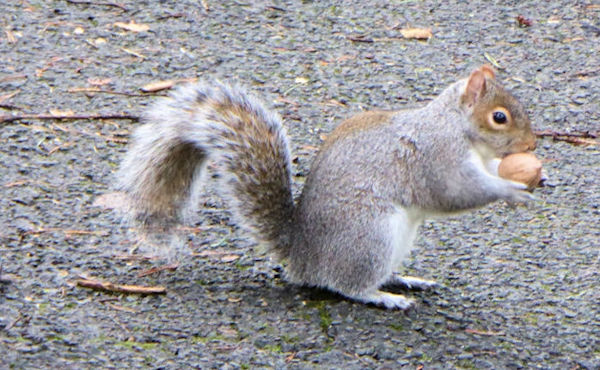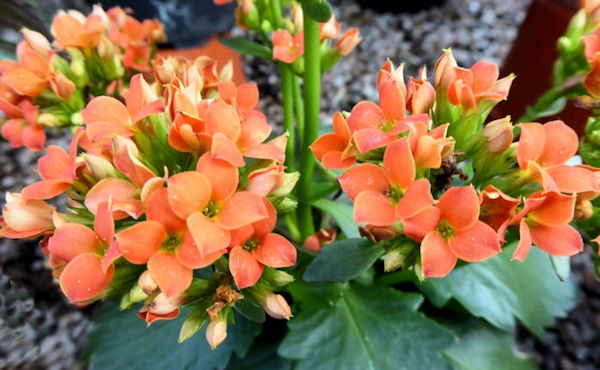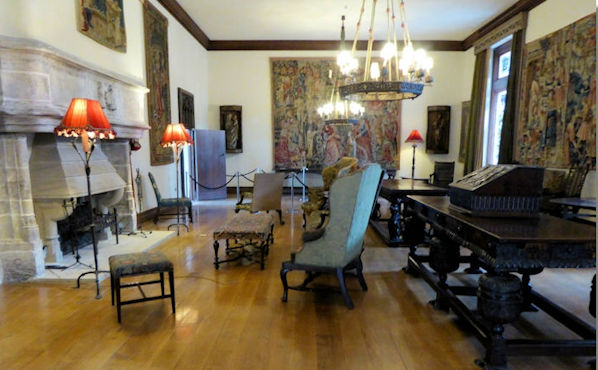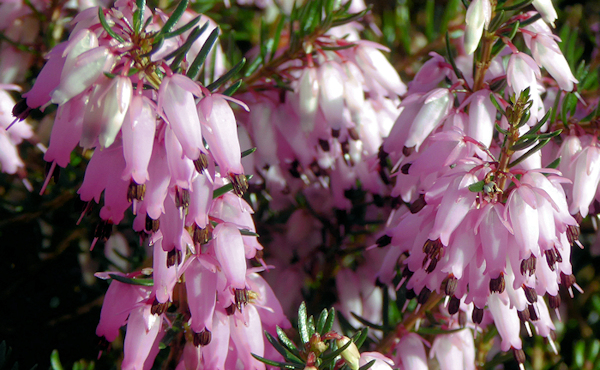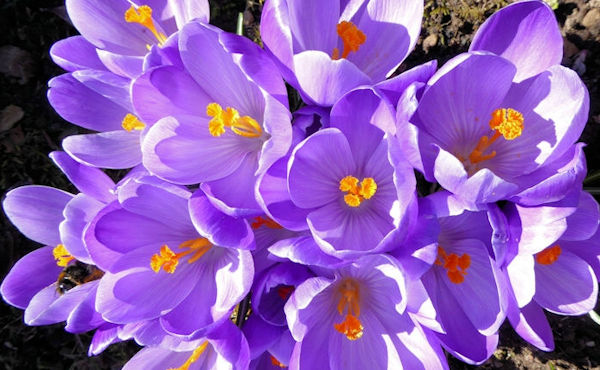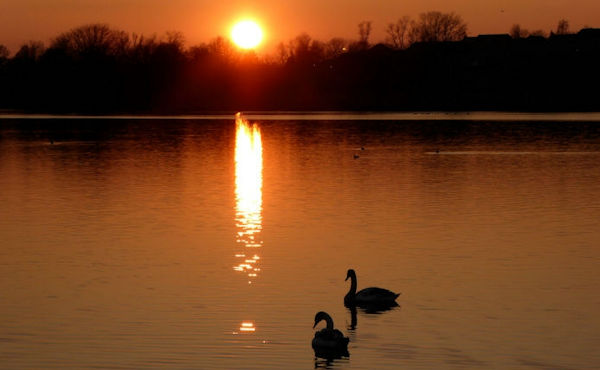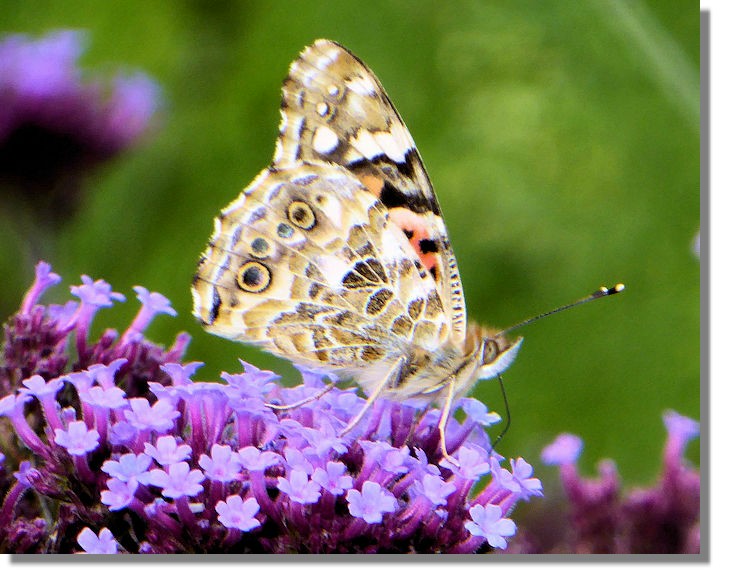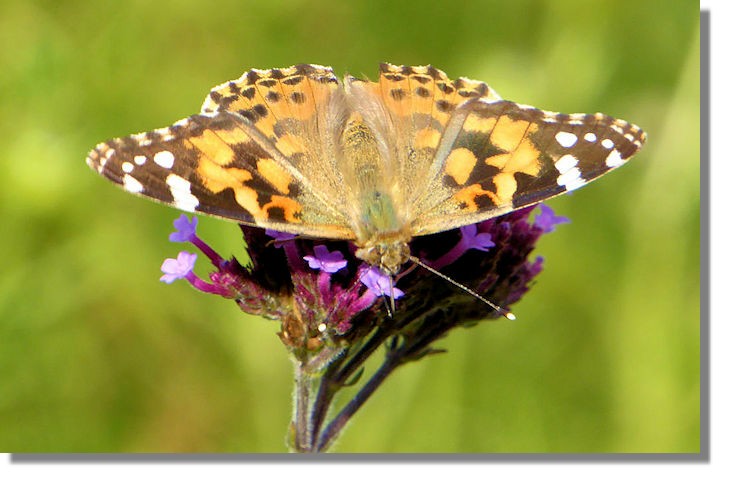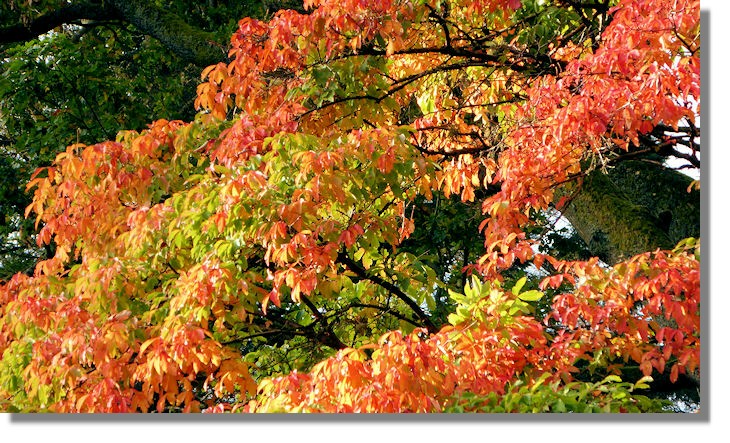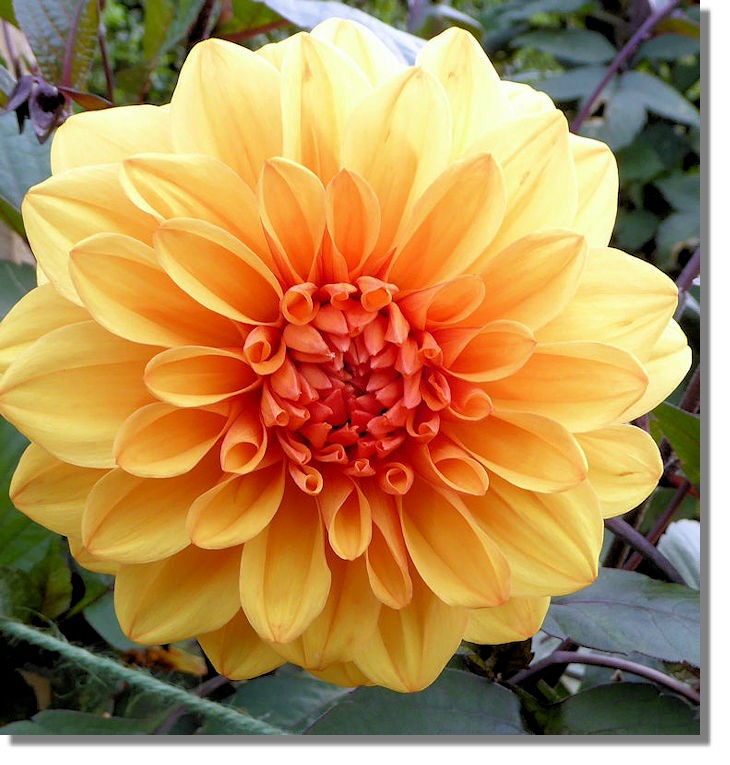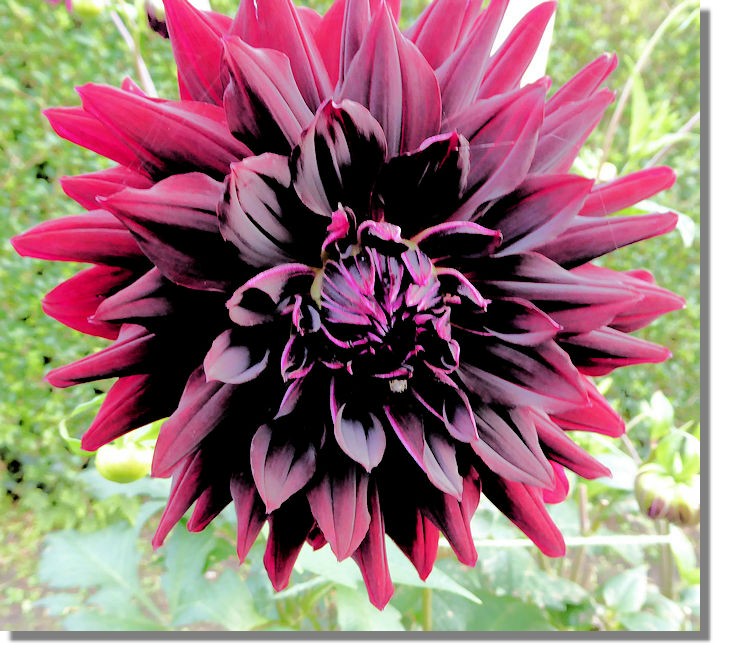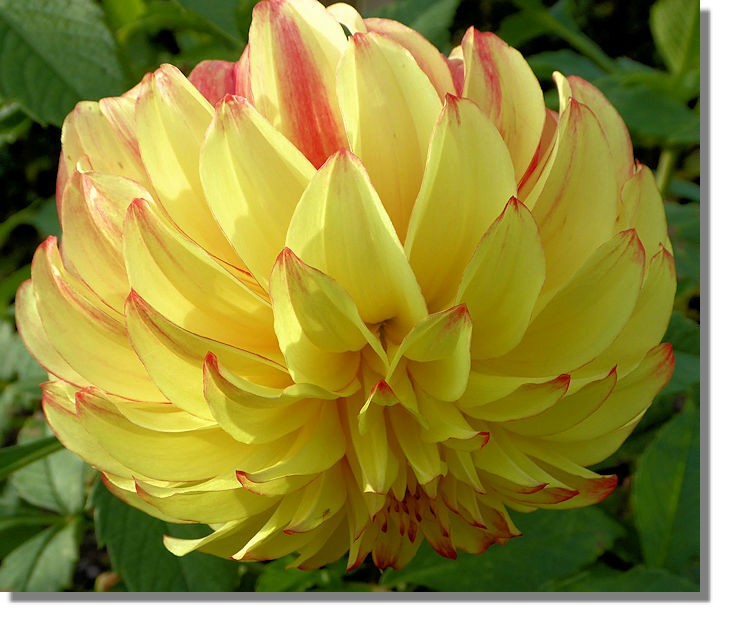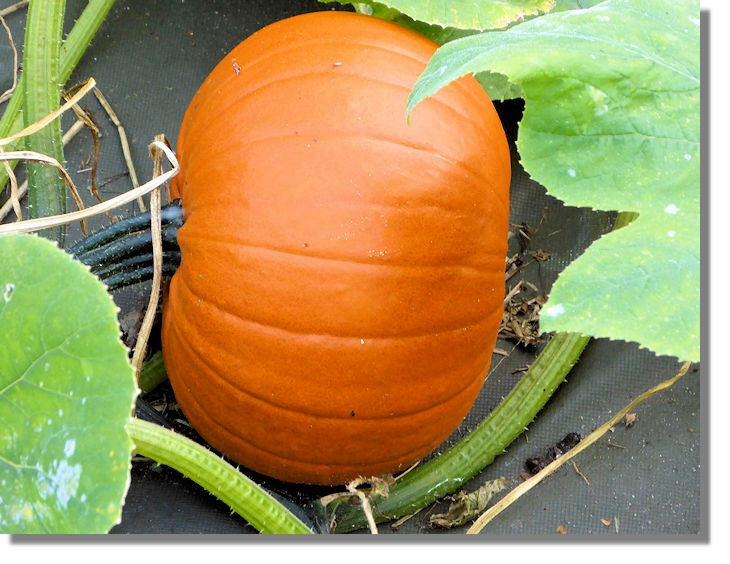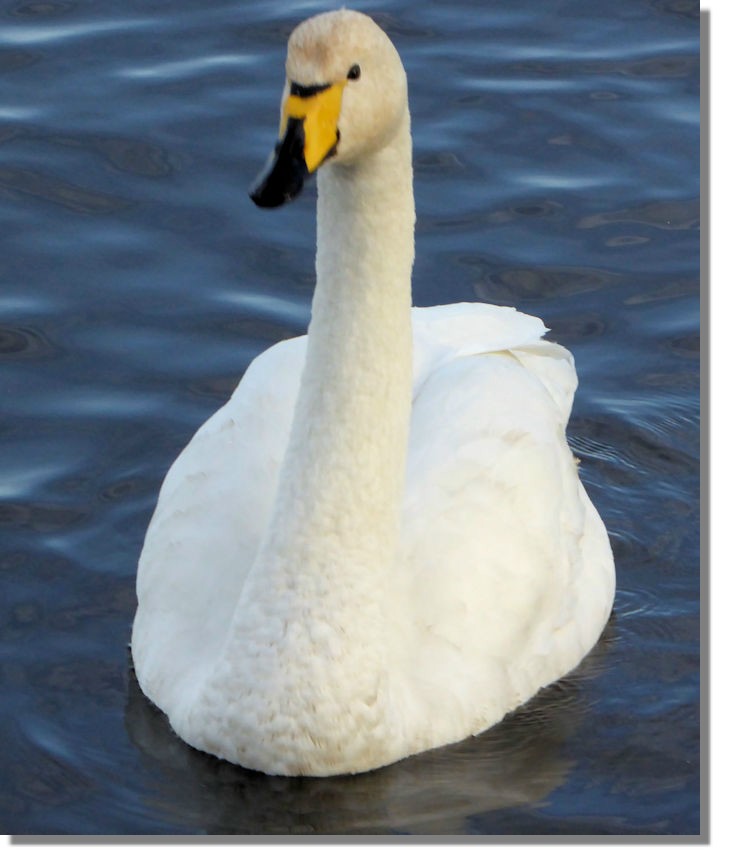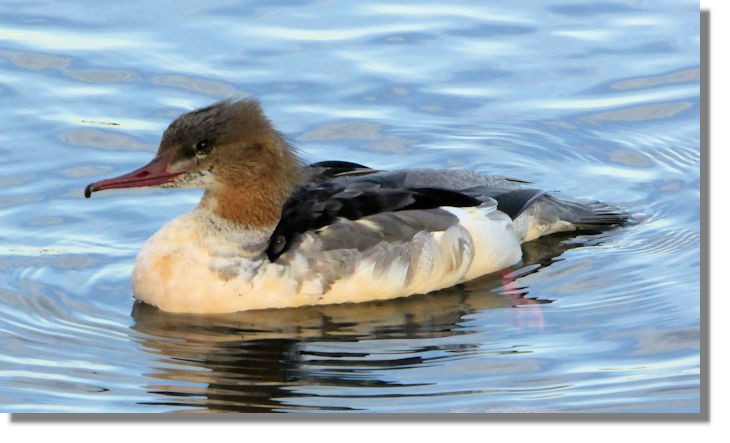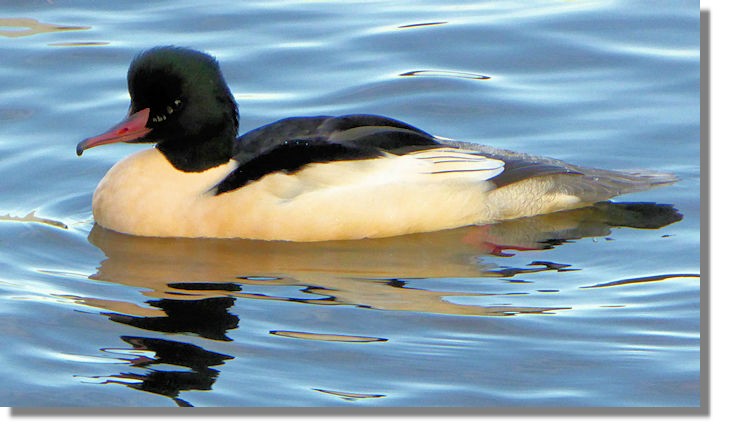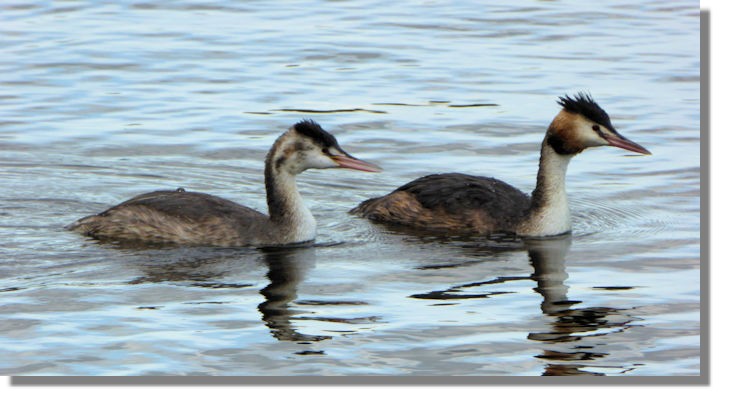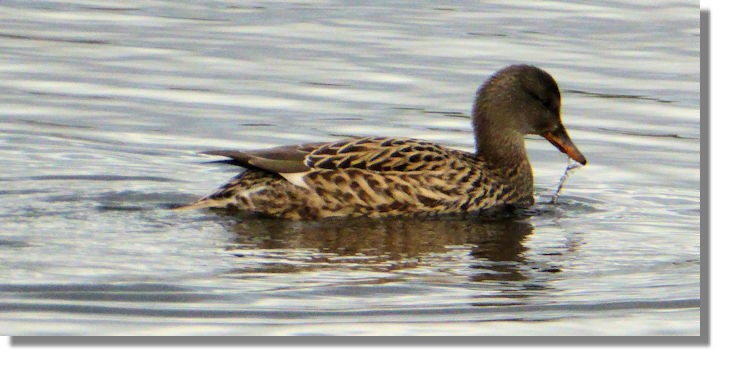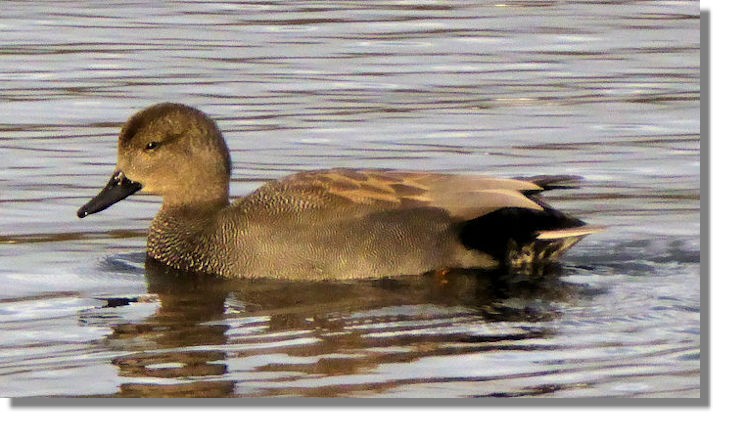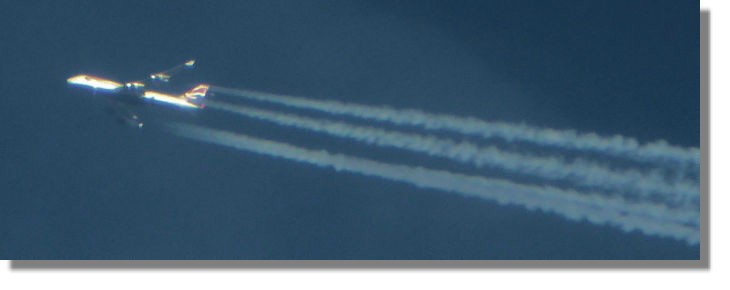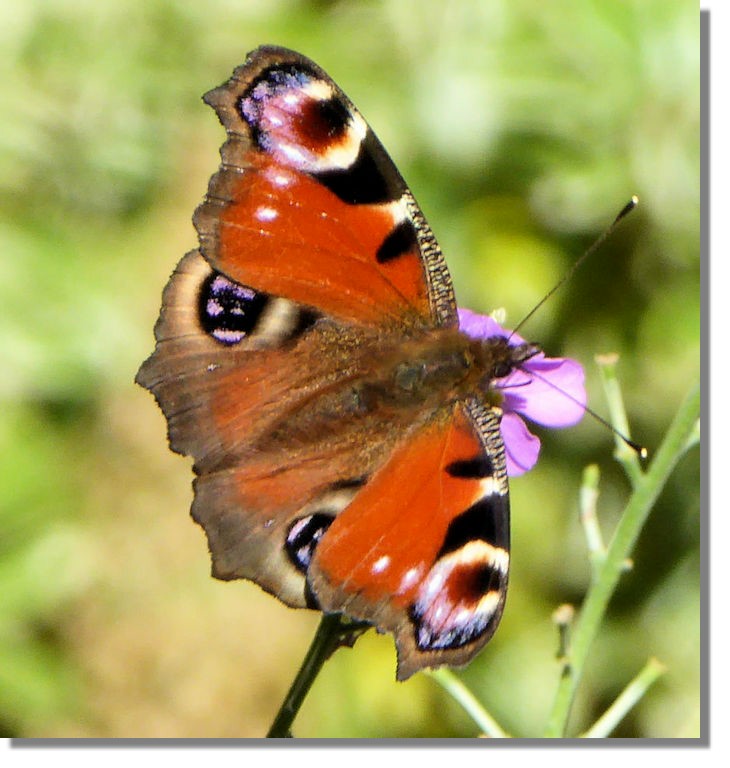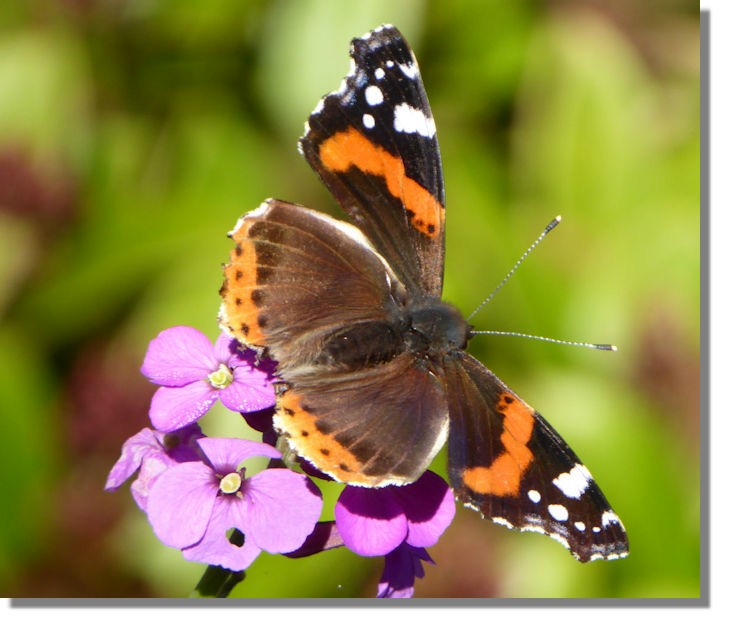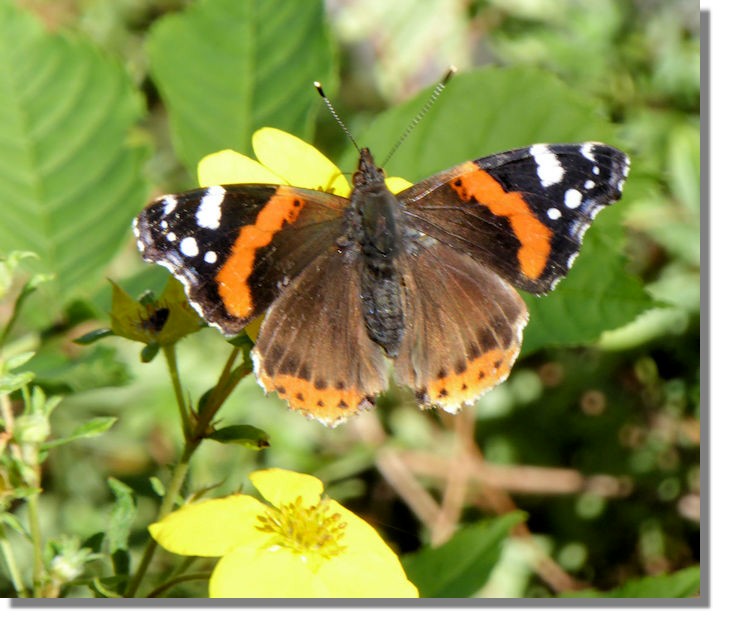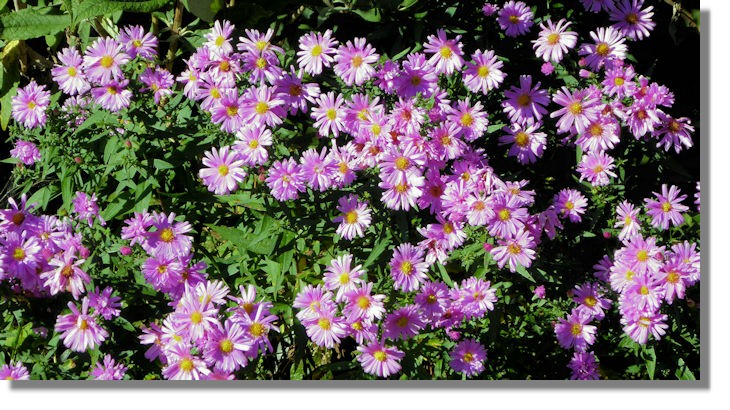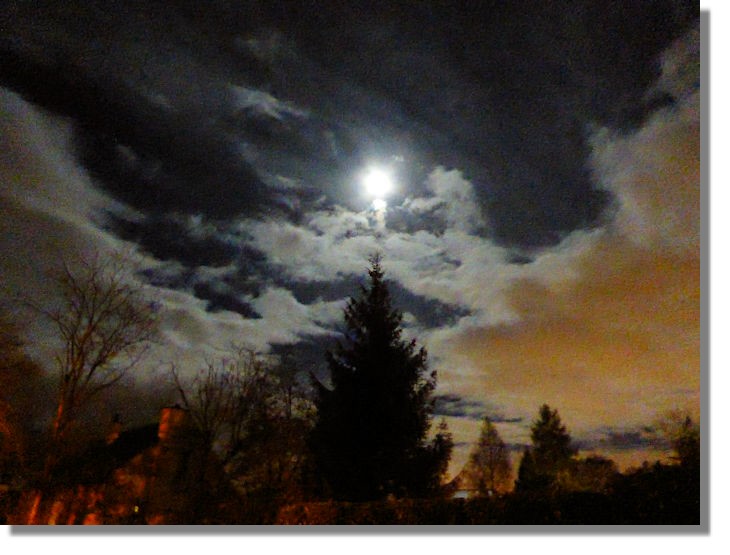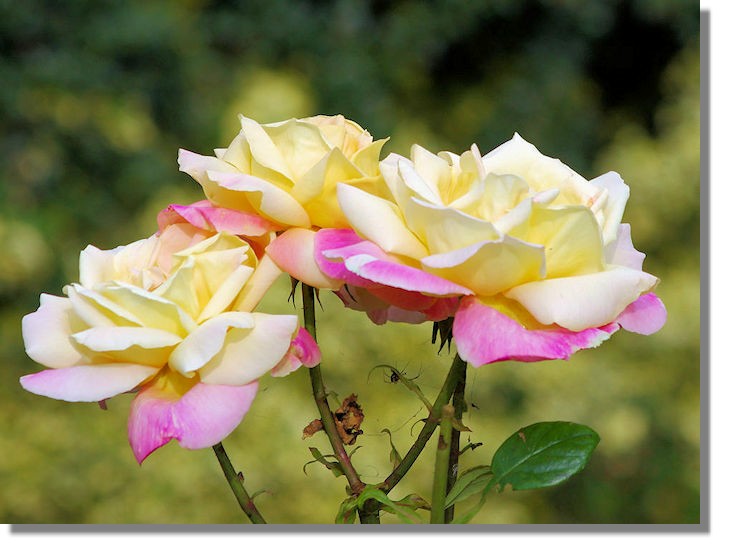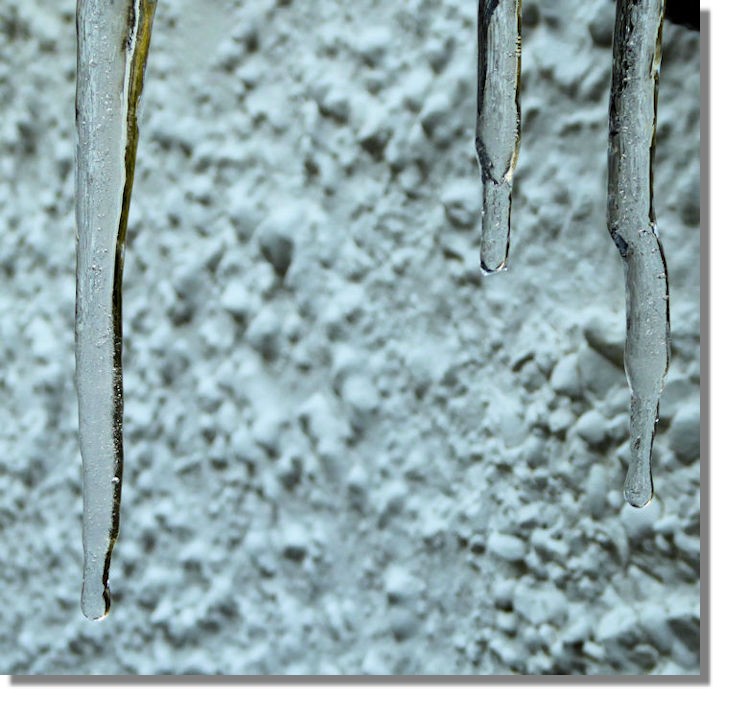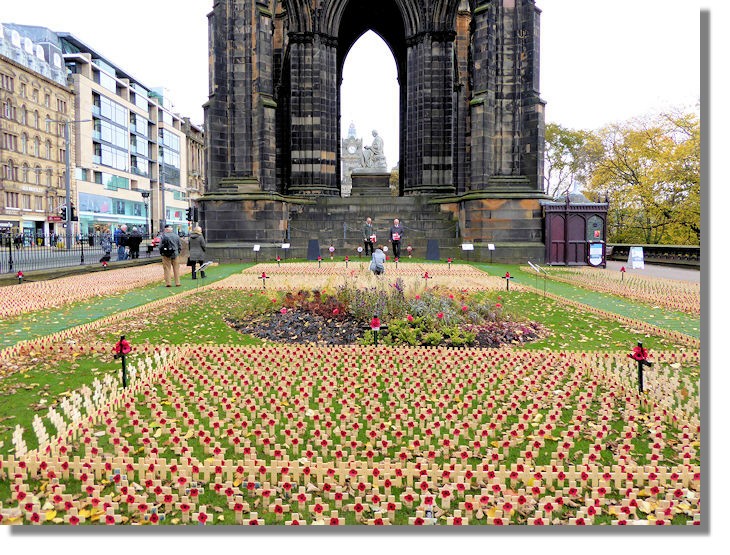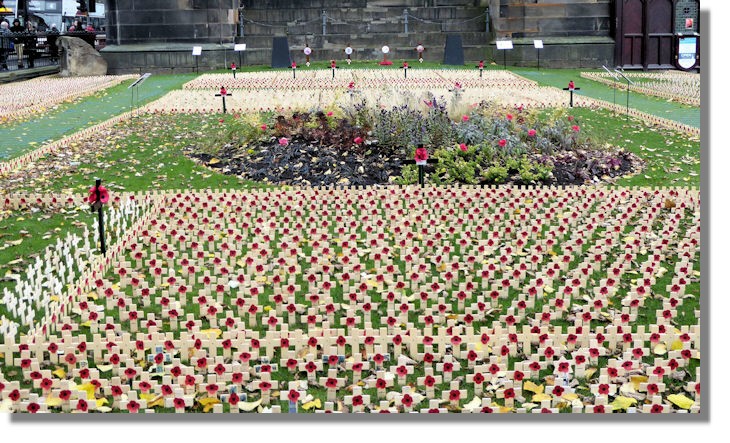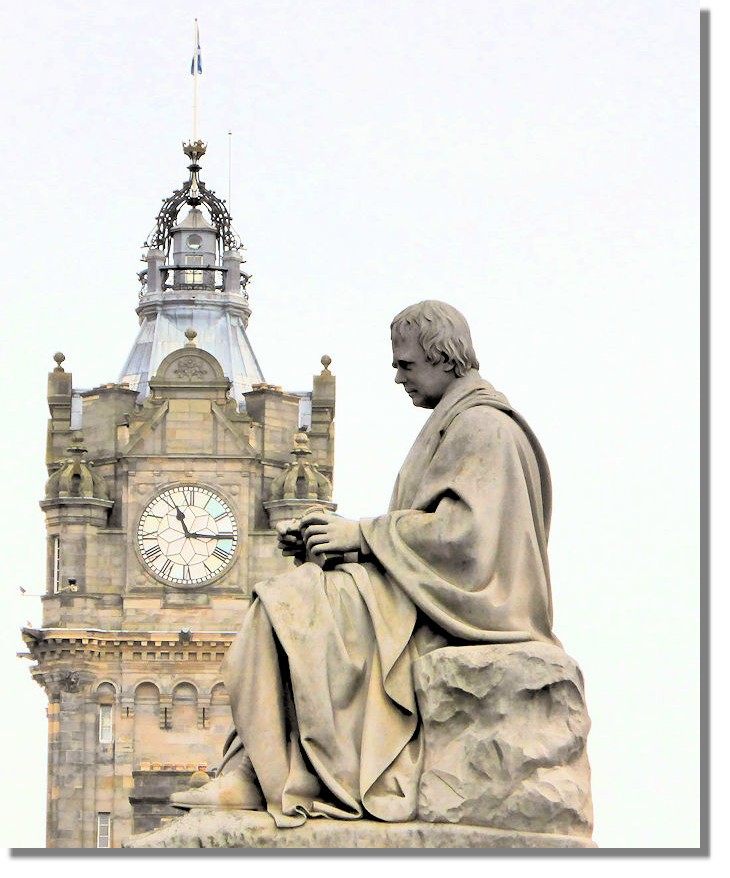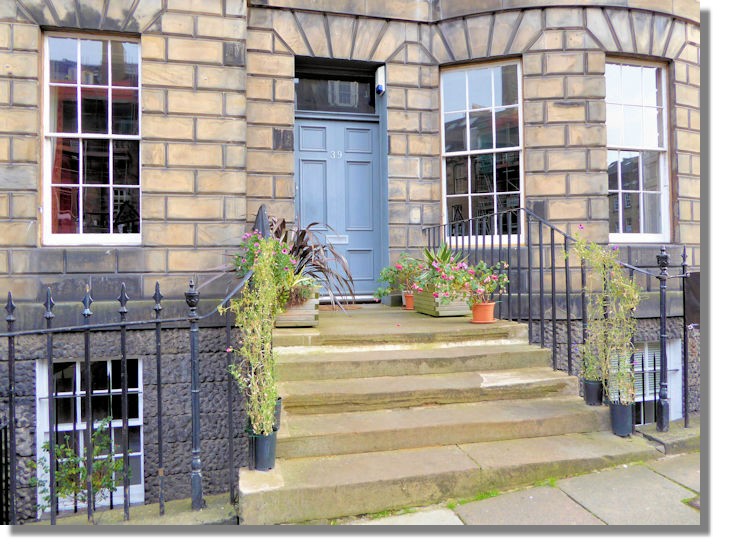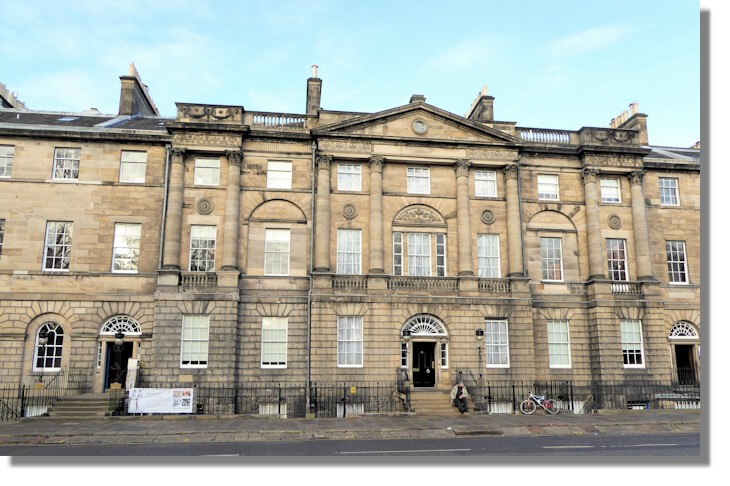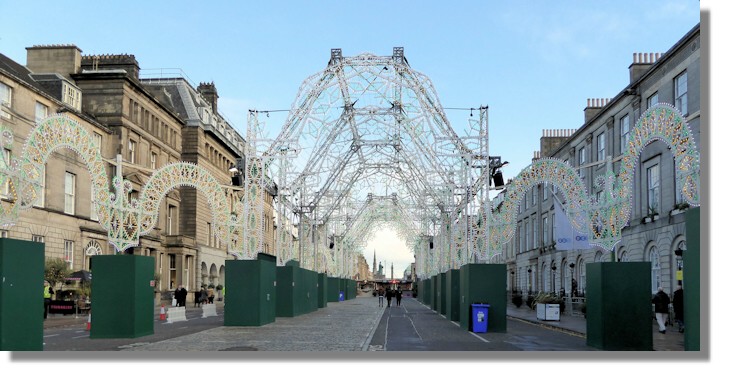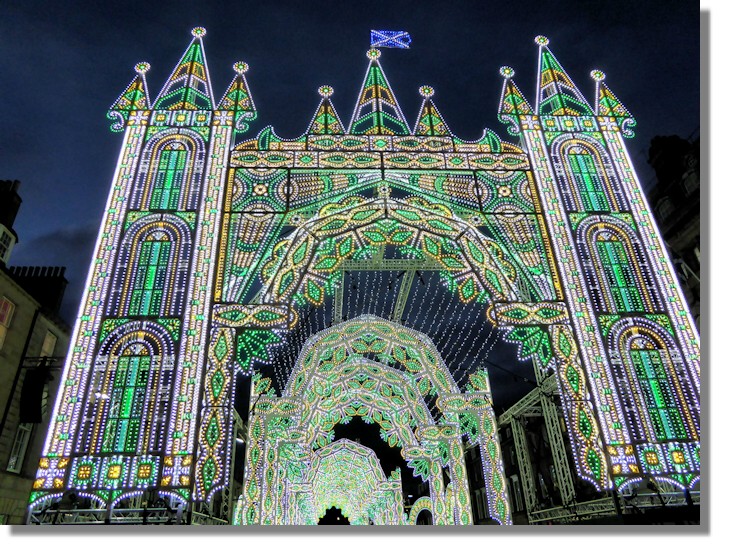Scottie's Photo Diary
- September to November 2016
Slideshow of a random selection of a few of the graphics below
Background
I never go anywhere in Scotland without my camera and I take photographs wherever I go. Sometimes I go somewhere specifically to take photographs with a view to adding another page to the Rampant Scotland site. On other occasions I just see something that makes an attractive picture or else it's another graphic to add to the library to perhaps use on a future project. It thus forms a pictorial diary of my travels which can be shared by everyone!This is a selection of photographs I took in September to November 2016.
Geilston House, Argyll
This summer has been a particularly bad one for seeing butterflies in the UK and in Scotland in particular. So it was a great surprise to spot a lovely Painted Lady (as usual, it was my eagle-eyed wife who saw it first).
There was a recent TV programme that went into detail about the lives of these amazing butterflies. Each year millions of them hatch out in North Africa in Morocco. Many will fly north across the straights of Gibraltar, over Spain and into France. Many of them will mate there and the females lay their eggs which hatch out and fly further north across France and the English Channel to the UK. The clouds of butterflies can be seen on radar as well as by people on the ground. They spread out across England and, depending on weather and winds, some can reach as far as the north of Scotland. In special years even more will reach the UK and in those ¨Painted Lady¨ years very large numbers will arrive. The last time was in 2009 and I still recall the flowers in the walled garden at Cambo in Fife covered in these butterflies. There's a Windows Media Presentation (5 megabytes) with graphics of Painted Lady butterflies taken that day. If you want to download the slide show just right click on the link and save or download to your PC.
Although in Scotland we don't get the spectacular autumn/fall colours of some parts of the world (I was lucky enough to drive through New Hampshire in New England in October many years ago) there are often specific trees such as these ones that manage to produce an attractive display.
Autumn colours of a different kind are produced by the various different kinds of dahlia each year.
Although a lot darker in colour this variety was still impressive!
And of course there are also many bi-colour or multi-colour dahlias that have been created by the plant breeders to provide even greater variety!
Although in Scotland the traditional Hallowe'en lanterns with candles inside were carved from turnips, Pumpkins have become more popular in recent years, perhaps because they are larger and because they are easier to carve!
Hogganfield Loch, Glasgow
Another sign of the changing season is when the Whooper Swans make their noisy arrival after flying from Iceland or Greenland to Scotland and other parts of Western Europe. They are the Eurasian counterpart of the North American trumpeter swan. When they migrate, the parents and birds born that year keep together and the distinctive whooper sounds are thought to be a means of communication and keeping together. They are heavy birds and their body weight cannot be supported by their legs for extended periods of time so they spend most of their time swimming - the resident mute swans will often come onto dry land to feed on the grass. I have to admit that when throwing bread to the birds at Hogganfield Loch I tend to favour the young Whooper swans, feeling that they need extra sustenance for the flight back to Iceland in the spring!
But the Whoopers and other swans have to be fast as there are usually fast moving goosanders ready to dart in and grab any bread from under the beaks of the swans! This is a female Goosander with its impressive ¨punk¨ hair style
This is the male goosander with a steramlined body shape designed to be able to swim under water and catch fish - but is equally adept at darting after bread - sometimes diving across the backs of swans who take a bit more time to get their heads down to the bread on the water.
It's always good to see that the Great Crested Grebe has managed to rear at least one youngster to maturity. This is probably ¨mum¨ with its offspring alongside, although by this stage the youngster has hopefully been taught how to catch fish for itself!
There isn't a lot of difference between a female Gadwall (pictured here) and a female Mallard duck. The main difference is often that she is often escorted by male gadwalls who look quite different from male Mallards. The female also has a dark orange-edged bill, smaller size, and a white speculum (the feathers showing below the wing).
In Great Britain, the gadwall is more of a winter visitor than a breeding bird, though its population has increased in recent years. It is likely that its expansion was partly through introduction, mainly to England, and partly through colonization to Great Britain, with a few continental birds staying to breed in Scotland
This definitely not my best aircraft photo but it brought together a lot of my specific interests including photography, mobile phone apps, aviation, Internet and geography! First of all it was seen while strolling in open spaces and was spotted high above Hogganfield Park. It was the condensation trail I saw first and when I looked through the zoom lens on my pocket camera I saw that it had four engines - most modern jets these days only have two. It was clearly (on the camera display) a British Airways Boeing 747. I looked at the ´Flightradar´ app on my mobile phone and it told me that G-CIVF had left Heathrow on a non-stop flight to San Diego in California. I should have taken a note of the information at the time but it was only later in the evening that I decided to look into the details. Google soon took me to a page that gave me all those, including the fact that by the time in the evening that I was investigating, it was over the Canadian Prairies and that the following day it would fly back to Heathrow on a positioning flight (with no passengers) before flying on a scheduled flight to South Africa. Isn't technology amazing?
My Own Garden, East Dunbartonshire
As noted earlier in this page, this summer has been a poor one for butterflies so it was a great surprise to see a Peacock butterfly in my garden towards the end of September. On the other hand, we do grow flowering plants that are popular with butterflies so it's a good place for butterflies to get a feed! The peacock in this picture is settled on the flowers of a perennial wallflower (Bowles Mauve variety).
The Bowles Mauve also provided an attraction for a Red Admiral butterfly, early in October. Hopefully it would find a good place soon after to hibernate through the winter and maybe even return next spring!
The yellow flowers of the Potentilla also provided a snack for the Red Admiral.
Also available for any late-flying butterflies was this Michaelmas Daisy. This flower is one of the large family of Asters (a name that comes from a Greek name meaning "star-shaped flower").
There was a lot of media comment around the world about the "Supermoon" visible on November 13/14 when the moon was not only the biggest, closest and brightest supermoon of this year but also the closest supermoon since January 26, 1948. It won´t be so close and bright again for another 18 years. I miss many of these astronomical events because the skies in Western Scotland are often not visible because of cloud.
Despite the cooler temperatures, especially at night, this floribunda rose was still producing its multicoloured blooms in September.
It was a cold November, with temperatures widely around a degree or so below the 1981-2010 average. This November was one of the coldest Novembers in Dundee since records began in 1954 with temperatures in the city plunging as low as -6.3C. There was also snow falls, particularly on higher ground. On the other hand, Scotland also had its sunniest November since records began in 1929 with 65.8 hours of sunshine. The low temperatures meant that the warm moist air from my central heating system formed these icicles during the night.
Edinburgh
In the days leading up to Remembrance Day on 11 November, many of us wear a poppy in our button holes. These are produced by the "Poppy Appeal" which was set up in 1921 by Field Marshal Douglas Haig, 1st Earl Haig to assist ex-servicemen. Today, the Haig Fund continues to support veterans from all conflicts and other military actions involving British Armed Forces up to today. The poppies produced by the Scottish arm of the organisation are slightly different from those distributed in the rest of the UK (where a small leaf is incorporated into the design).
The display of crosses with poppies on them which is created in Princes Street Hardens beside the monument to Sir Walter Scott is particularly impressive each year.
While I was taking the pictures of the poppies I took another one of the statue of Sir Walter that sits underneath his monument (its tower is 200 feet 6 inches (61.11 m) high and is the largest monument in the world dedicated to a writer). This statue of Scott is in the space between the tower's four columns. It is made from white Carrara marble and shows Scott seated, resting from writing one of his works with a quill pen.
Sir Walter lived for 25 years in this house at 39 North Castle Street. He left after becoming bankrupt when the company owned by his publisher failed. Fortunately he was able to move to the house he had built in the Scottish Borders - Abbotsford, which is now a major tourist attraction in the area.
3 Charlotte Square is the residence of the Scottish First Minister (the Scottish equivalent of Prime Minister). The square and its houses were built as part of the Edinburgh "New Town" in the early part of the 19th century. These Georgian buildings are now part of a World Heritage site. The house next door to the First Minister is owned by the National Trust for Scotland and has furniture and fittings typical of such Georgian mansions.
The "Street of Light" constructed on a length of George Street (which connects Charlotte Square with St Andrews Square) takes its name from King George III. It was initially a residential area but by 2013 it had become, according to the Edinburgh Evening News, "the city´s most prestigious shopping district". Unlike Princes Street which has been "developed" for modern retail outlets, George Street has managed to retain its original Georgian buildings (even if some at least have become bars, restaurants and retail premises but with the retention of many of the original facades. The "Street of Light" structures come into their own once it is dark (around 4pm at this time of year). See below...
With 24 arches each 19 metres high lit by over 60,000 light bulbs and (at night) music from local choirs and bands including the Edinburgh Festival Chorus, Royal Scottish National Orchestra Junior Chorus and Blazin´ Fiddles, the Street of Light also has a Scottish market of stalls similar to that in Princes Street Gardens. The show runs from the 20 November for 35 days until Christmas Eve.
NOTE: A special Scottie's Photo Diary with lots more illustrations of central Edinburgh at Christmas at night is scheduled for 28 January. The Glasgow Christmas Diary is coming soon!
If you want to read the other Diary entries going back to 2009, there is an Index page.
